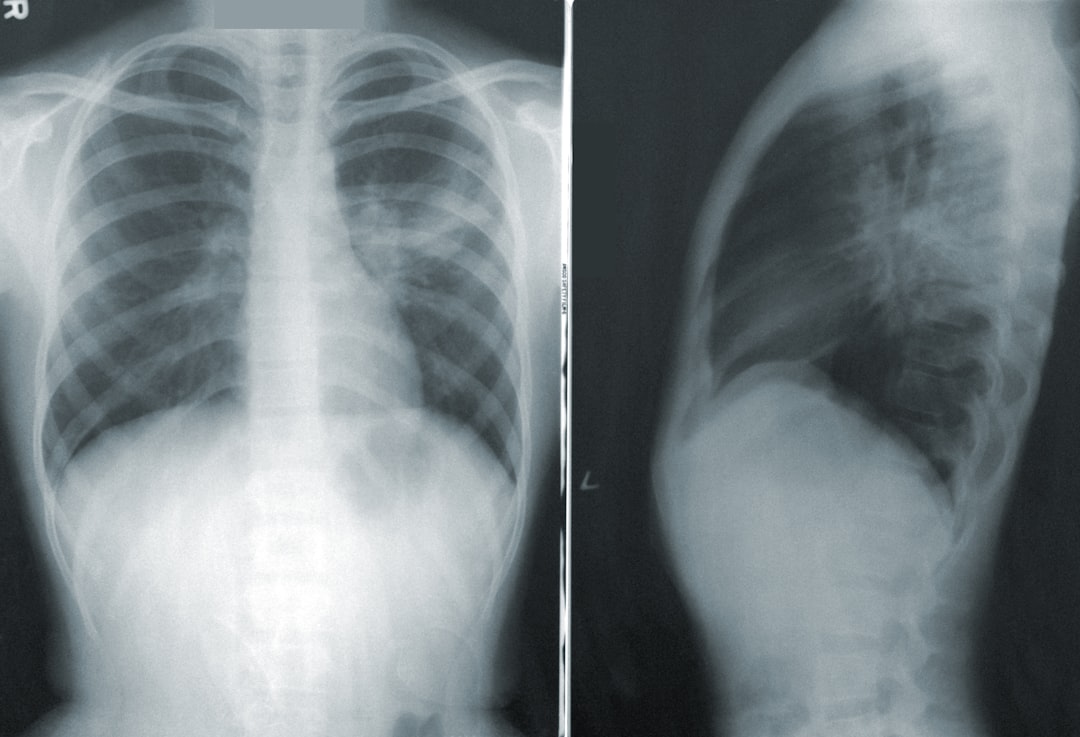What is it about?
Women's football in Australia has been experiencing growth since its first formal competition in Victoria in 1981. Much of the history of the women's game is of women sustaining this growth, often without support from the male football establishment. Registered community club participation has grown from 1.8% of all participants in 2010 to 15.1% of all participants in 2018. This growth, and the access to public funding that results from it, should allow women's football to argue for a stronger representative role in the future of the game at both the elite and the community level.
Featured Image

Photo by Daniel Anthony on Unsplash
Why is it important?
It is common in both popular media accounts of the women's game, and in some official AFL documentation, to understand the growth of women's football within a welfare narrative of existing men's football organizations, leagues and clubs generously opening up the game to women. Nothing could be further from the truth. The men's community club game has been shrinking since around the middle 1930s, with club relocations, mergers and deaths. Women's football, through membership, patronage and access to government funding, is the contemporary saviour of men's football. This affirmative narrative should produce greater power for women in the game.
Perspectives
I was lucky to write this article with two co-authors, Matthew Klugman and Kate O'Halloran, who both have a long and intimate connection to women's football. I hope the findings of the article can be used to counter any suggestion that women should be grateful for opportunities provided by the male AFL and community leagues. It is men who should be grateful.
Dr. Michael Burke
Victoria University
Read the Original
This page is a summary of: ‘Why now’ for AFLW? Providing a new affirmative narrative for women’s football in the post-Covid world, Sport in Society, February 2022, Taylor & Francis,
DOI: 10.1080/17430437.2022.2041600.
You can read the full text:
Contributors
The following have contributed to this page










